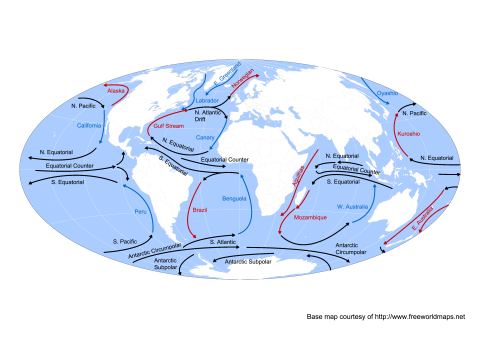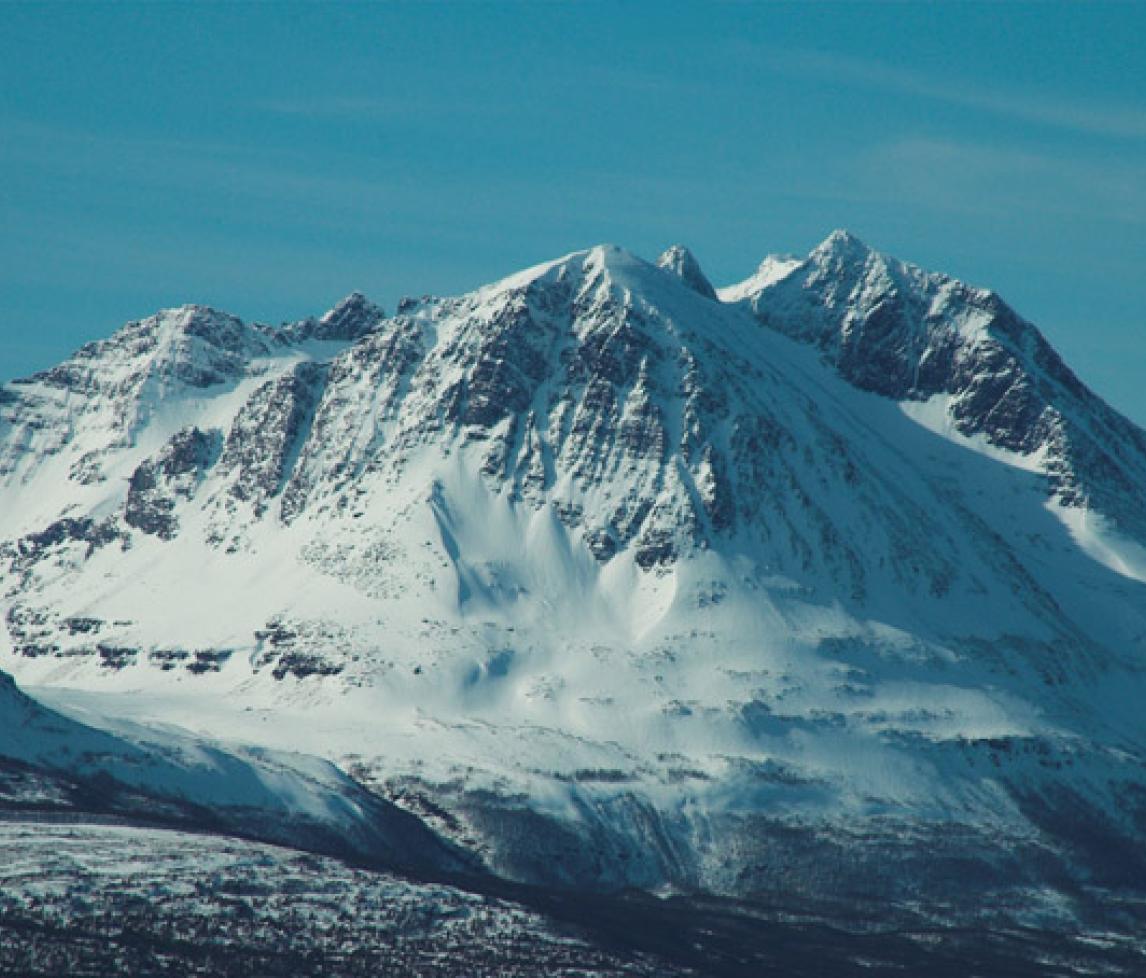There are many different factors that affect climate around the world. It is the varying influence of these factors that lead to different parts of the Earth experiencing differing climates. The most important natural factors are:
- distance from the sea
- ocean currents
- direction of prevailing winds
- shape of the land (known as 'relief' or 'topography')
- distance from the equator
- the El Niño phenomenon.
It is now widely accepted that human activity is also affecting climate, and that the impact is not the same everywhere. For example, changes appear to be happening faster near the poles than in many other places. In this tutorial we will look at some of these factors in more detail.


